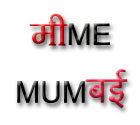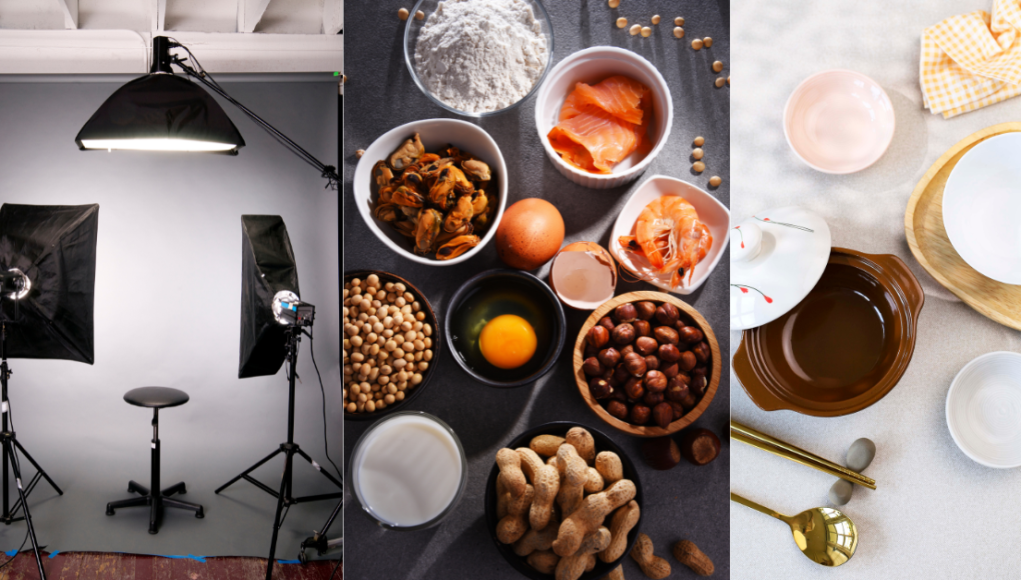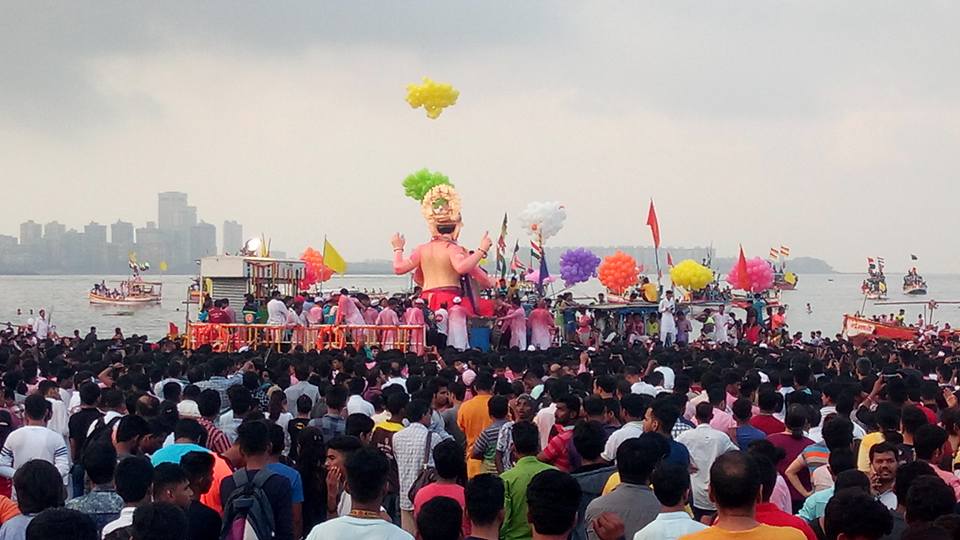Food photography is often complicated and requires skilled stylists. You don’t need these if you wish to attempt this yourself. There are some basic techniques for food photography that you can study by yourself and then apply at your discretion, for example, placing your subject matter correctly and editing it with a few minor modifications like cropping.
The correcting of white balance gives the photos more energy and luminosity.
LIGHT
The art of utilizing natural lighting efficiently to create stunning food photos is the premise of food photography. Your photos should show the same by appearing vibrant as well as alive!
The natural sunlight that comes through windows typically provides ideal lighting conditions. Diffusers can help reduce dark shadows cast upon objects. At the same time, reflectors shine sunlight onto subjects to cover any shadowed spots, which is an excellent combination for any lighting task.
To capture natural light, you must take careful consideration when preparing. In rushing, you could make mistakes, resulting in disastrous photos! White foam is an affordable and effective reflective solution for natural lighting sources.
Do you need to meet your expectations? Be adventurous and try various prop and lighting choices until you find the ones most suitable for the scenes. If you’re working with natural light, playing using different compositions is essential. For instance, you can switch up the lighting!
Circular compositions that entice viewers to a table while incorporating different textures and props should be considered; they can Add a touch of mystery through playing using depth of field to ensure that specific elements are sharply focused, but others remain fuzzy;
You will get the best results shooting in natural light! Make sure to align your backdrops and props with the colors of your food in order so that you can create seamless pictures! You will get better results using natural lighting photography! Be sure to consider your color preferences when you take photos!
Food photographers take on the dark and moody look for food photos, resulting in more authentic but appealing photographs. They could add drama and authenticity by utilizing creativity and a low depth of field. Food photographers are increasingly embracing dark colors when photographing their subject matter.
Food photography demands careful preparation for stunning photographs that can adequately capture the subjects. Access to the right equipment is essential to this endeavor.
COMPOSITION
Composition plays a vital aspect, too.
Food photography must add depth and perspective to its photos by layering lines and layers to create depth. This keeps images from appearing flat or dull. Pro props such as napkins or cutlery are a great way to add depth and visual interest and draw attention to your subject matter.
The Fibonacci spirals make unique food photography in terms of composition. It is an abstract representation of the Golden Ratio that works by placing subjects on curves instead of straight lines to generate movement and make viewers look at the subject of your photography.
Be sure to ensure that, when designing compositions, lighting plays a crucial role in how your photo will appear. Ensure your shooting subject is adequately lit to get the best result. This technique is often the best for taking pictures with an overhead view. While composing your photos, ensure that lighting plays an important role. Lighting is an essential factor in overhead photography. Lighting should be a manageable consideration in photo-making! Therefore, ensure that lighting is crucial when taking photos from above, for example, taking overhead pictures without flash.
Natural light photography may need reflectors or white sheets that direct the light to their subject and eliminate shadows. After the lighting and composition are taken care of, it’s time to add specifics and pay attention to the little details that make your photo fantastic! After the task is completed, make sure you take the time to enjoy every single shot. Every aspect is essential when making lasting photos!
Props can enhance the design of the photos of recipes without creating chaos. Keep this in mind and ensure that the support you use specifically relates to what’s being captured and has an essential purpose within the photo.
When doing your photo shoot with food, It is essential to pay attention to the hues used in the food, such as andops. Based on the style you want to achieve with your photograph, using complementary or contrasting colors could be more appropriate, such as when photographing food items that stand out against their background.
Food photography demands careful composition, which captures the essence or the feeling. Brightly hued food items could draw viewers’ attention and impact design, attracting viewers’ attention towards your photo and standing above the other food photography images. When you find the perfect equilibrium, food photography can be truly artistic.
PROPS
Food photography can be a challenge; however, with time is mastery of the art of food photography and incredible food photos! Props are a great way to add depth and appeal to the food photography scene. The addition of props can give locations a more excellent life!
Wood cutting boards are an increasingly sought-after option for food photographers to create the depth of their shots and focus on different textures in dishes. Because of the benefits of food photography, the ability to use a variety of props lets you use these props in a way that gives the best results each time a photo is taken.
Food photography requires items that give the food authenticity and a tactile feeling, like linen napkins with gorgeous texture or wear and tear. An excellent food photographer must buy various surfaces to ensure the most effective photos! You should photograph food with props in the right place to get maximum impact. They should have multiple folds to capture every angle from a single shot! They are great props for photographing meals since they add texture to photographs in different lighting conditions.
They also add authenticity and freshness to images that need to be completed in every photo taken while taking food photography by adding contrast to static images and making amazing pictures! If you are taking pictures with food, props, and napkins, Napkins can be a valuable accessory for food photography as napkins offer texture contrast that enhances photos taken with napkins. There may be something similar photographed from a different angle. They are making food photography using napkins. It can be used in various ways when taking photographs of food. That could be used in different ways when photographing food essentials, including pictures of food when you take photos.
Many props can be used to photograph meals and in all ways when you take pictures as opposed to photographs that are taken using natural light or food photography using the natural lighting, or a combination of both for food photography, making photos can be put to being used as props to create the image or for photographing food in actual. If you are photographing pictures that contain napkins, they could be used much earlier while taking photos of food that may result in a more natural appearance as a background of the photo and eliminate each picture that creates a fresher image photos from any collection except for later additions while taking pictures of food with props that are added for the photo or for food photography that are usually shot or pictures using their accurate.
Material, color, and patterns can add depth to your photos and create contrast compared to background colors like white. In food photography, that is, close-up photographs and wide aperture lenses, you can reduce blurring by a significant amount.
The composition should center on your subject matter to draw attention and not distract from the subject. Food photographers who are professionals know that firsthand and have a way of selecting the proper glassware for any photo shoot.
Food photography is vital in learning how to do this successfully; it is essential to mimic the work of other experts. Every type of alcoholic beverage comes with particular glassware, such as champagne flutes and wine glasses for genuine and polished photos.
Leading lines can give depth and dimension to photos as they draw viewers’ eyes toward your subject. This is especially effective for photographing flat dishes, like salad or soup, and is easy to achieve with a spoon or fork.
Use a knife to create lines in your photo that draw the eyes toward the image and turn mediocre ones into stunning images! Try different compositional methods for food photography until they become truly spectacular. The art of composition is constantly improving its skills. The practice of other methods will result in amazing photos!
Choose the best strategy for your company by trying various methods until you discover an appropriate solution. Food photography accessories to complement the subject, like napkins or ceramics, are sure techniques to produce distinctive, stunning pictures.
Dishes and cutlery add textures and can prevent photos from appearing flat. Try layers of images to create an intriguing composition using the lines directing your viewers straight to the main focus of every shot.
COLOR
Color is an essential factor in food photography, and selecting complementary hues (i.e., shades that contrast one another on the wheel of color) will add more appeal and interest to your photographs. Explore different shades until you determine what matches your pictures.
Focusing on tone in photos (the bright and dark levels of contrast) is also vital. Using software that edits photos to change contrast settings is a technique to achieve this effect. Setting fewer levels can give photographs an intimate, soft look.
Food photography needs proper lighting. With adequate lighting, it can be easier to see the finer details, which can cause food to appear unnatural or worse. This can lead to disappointing photos that could be better. The most important aspect of food photography is lighting. If you need more light, it is easier to get the right details, thus resulting in poorer photos overall. Ensure your food is illuminated correctly to reveal its full potential and draw people in.
Lighting can be the difference between making or breaking food photography; natural lighting is ideal when shooting indoors; try placing a white cloth over the window for a soft light to achieve the most effective results. Experiment experimentation is the key to making food photos; test various perspectives.
You can vary your angles to get stunning shots. Use broad and narrow tips to create impressive photographs. Depth of field can also make an impactful claim: a short depth of field is adequate for separating subjects, while the extended depth of field can create depth as issues are brought into the focus of attention.
Make dreamy textures for the background and foreground images by layering reflective surfaces into each.
Article by – Khaana Photography








